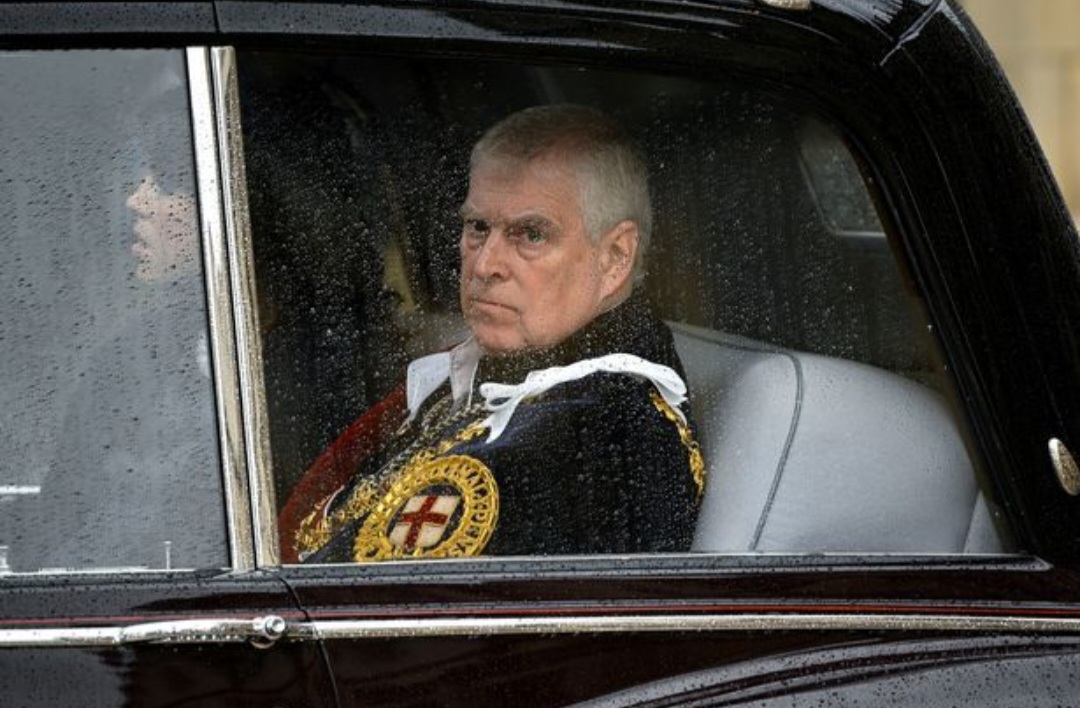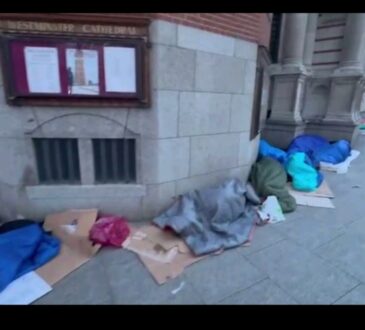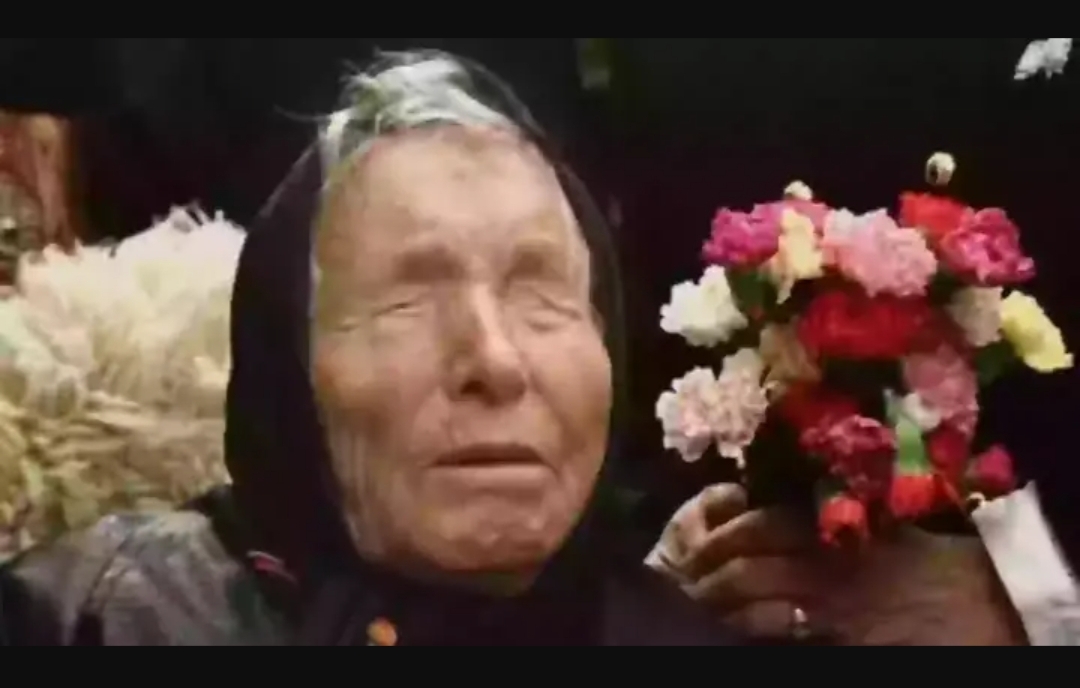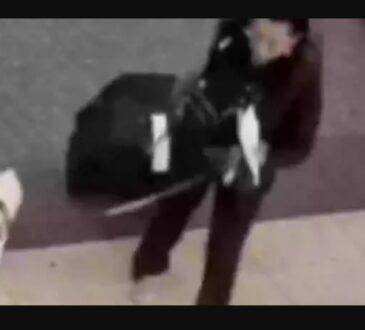
The Royal family recently gathered for two important events: Trooping the Colour and the Order of the Garter procession. However, Prince Andrew was noticeably absent from both. These events are significant in British tradition. Trooping the Colour is a military ceremony that celebrates the official birthday of the British sovereign, and the Order of the Garter procession is part of an old and prestigious order of chivalry.
The Order of the Garter was created by King Edward III in the 14th century, making it the oldest and most respected order of chivalry in Britain. Some of the most prominent members of the Royal family, like King Charles, Princess Anne, and Prince William, are members of this order. Prince Andrew, who was made a Knight of the Garter in 2006, last attended the procession in 2019. Due to the COVID-19 pandemic, the service was canceled in 2020 and 2021. In 2022, although Andrew did not join the procession, he was present for the investiture and lunch.
There have been reports that King Charles and Prince William did not want Andrew to participate in the 2023 procession. This decision is part of a broader issue regarding Andrew’s reduced role in the Royal family. His association with Jeffrey Epstein has significantly affected his standing. In January 2022, Buckingham Palace announced that Andrew’s military titles and royal patronages were returned to Queen Elizabeth II after he stepped back from royal duties in 2020. This step back followed a controversial interview with BBC Newsnight about his connection to Epstein.
Additionally, there is tension between King Charles and Prince Andrew concerning Andrew’s residence. King Charles reportedly wants Andrew to move out of the Royal Lodge in Windsor, which has 30 rooms, and into Frogmore Cottage. This proposed move serves several purposes. Firstly, it signals to Prince Harry that he cannot return to Frogmore Cottage as a private citizen. Secondly, it indicates to Andrew that he cannot continue to live in luxury after his scandal. Lastly, it would make the Royal Lodge available for Prince William and Kate, as it is considered the only residence grand enough for the heir to the throne.
To understand the significance of these events and the underlying family dynamics, it’s helpful to look at the history and traditions involved. Trooping the Colour is an annual event that marks the official birthday of the British sovereign. It involves a military parade with over 1,400 soldiers, 200 horses, and 400 musicians. The Queen, or King, inspects the troops and then leads the parade down The Mall to Buckingham Palace, where the Royal family watches a fly-past from the balcony. This event is not only a celebration but also a display of the British Army’s discipline and skills.
The Order of the Garter, on the other hand, is steeped in history and tradition. Established in 1348 by King Edward III, it is the highest order of chivalry in Britain. The members, known as Knights and Ladies of the Garter, are chosen personally by the Sovereign in recognition of their public service. The order is limited to 24 living members, along with the British monarch and the Prince of Wales. The annual Garter Day includes a grand procession of the knights in their traditional robes and insignia to St. George’s Chapel at Windsor Castle, followed by a service and a luncheon.
Prince Andrew’s absence from these events marks a significant change in his public role. Once a central figure in the Royal family, his involvement has drastically decreased since his connection to Jeffrey Epstein became public. Epstein was a convicted sex offender, and Andrew’s association with him, including allegations of sexual misconduct, has severely damaged his reputation. The BBC Newsnight interview in which Andrew attempted to defend himself only worsened the situation, leading to his withdrawal from public duties.
King Charles and Prince William’s opposition to Andrew’s participation in the 2023 Garter procession reflects a broader effort to distance the Royal family from scandal and maintain public respect. Their stance indicates a desire to uphold the integrity of the Royal family and its traditions, especially at such high-profile events.
The dispute over Andrew’s residence further illustrates the challenges within the Royal family. The Royal Lodge, a grand 30-room mansion in Windsor, has been Andrew’s home for many years. However, King Charles’ wish for Andrew to move to Frogmore Cottage, a more modest residence, sends a clear message. It suggests that Andrew should not expect to live in such luxury following his fall from grace. This move would also make the Royal Lodge available for Prince William and Kate, who require a suitably grand residence befitting their status as the future King and Queen.
Frogmore Cottage, meanwhile, has its own history. It was the residence of Prince Harry and Meghan Markle before they stepped back from royal duties and moved to the United States. Harry and Meghan’s departure from royal life and subsequent criticisms of the family have added to the complexities within the Royal household. By moving Andrew to Frogmore Cottage, King Charles would also be making it clear to Harry that he cannot return to this residence as a private citizen.
These decisions are part of a broader effort to manage the Royal family’s image and responsibilities in the modern era. The challenges faced by the Royal family, from scandals to changing roles, require careful handling to maintain the institution’s stability and public trust. The actions of King Charles and Prince William demonstrate a commitment to upholding the values and traditions of the monarchy while addressing contemporary issues and ensuring the future stability of the Royal family.




